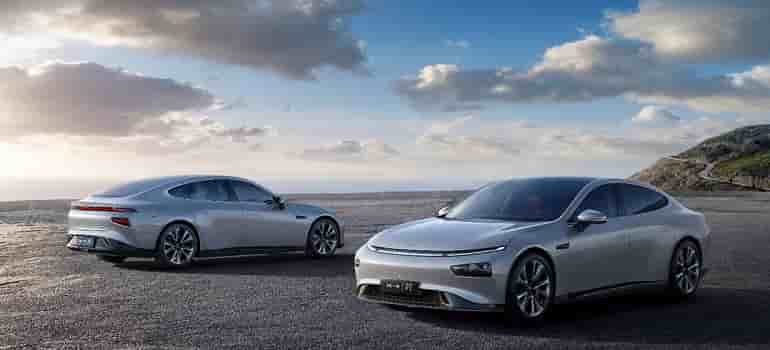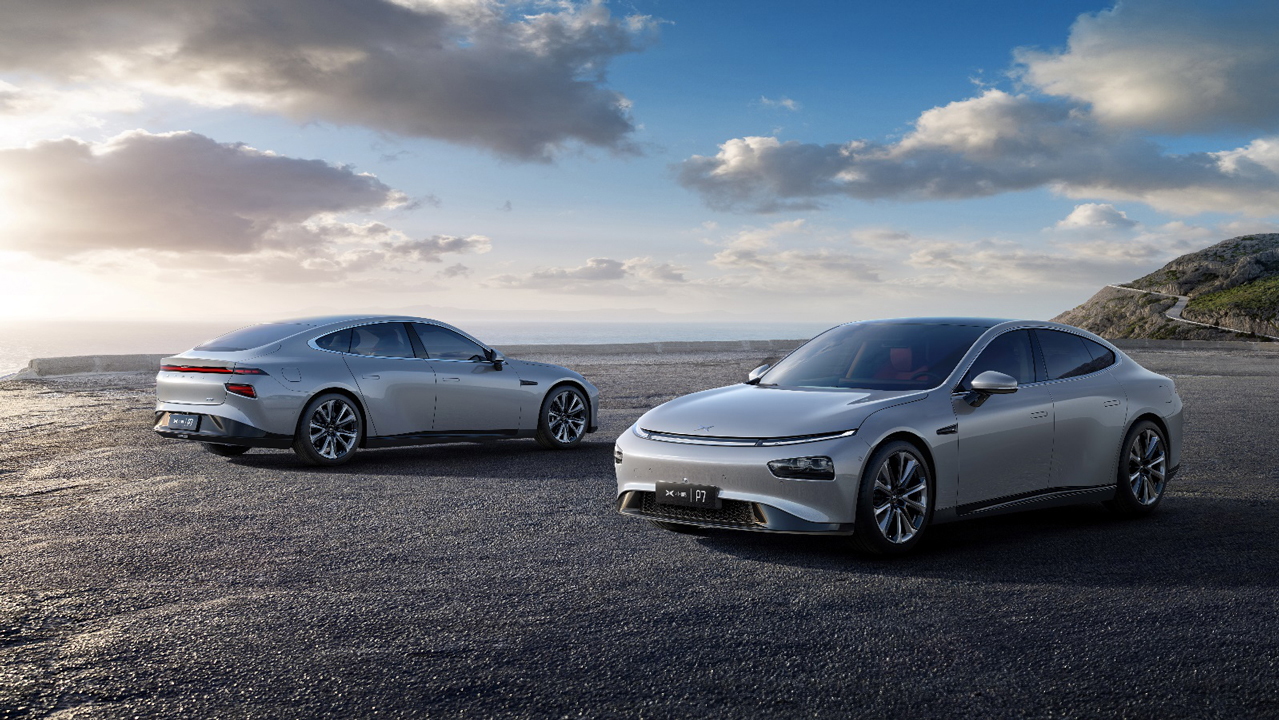
Chinese electric vehicle and technology company- Xpeng has just launched its second production model, the P7 sedan, which includes at least two industry firsts.
The Xpeng P7 features the NVIDIA DRIVE AGX Xavier platform for its XPILOT3.0.
The P7 is available for order in China, in 3 versions and 8 configurations, and customer deliveries will commence end June 2020, starting at RMB 229,900 – 349,900 (US$32,462 – 49,404) post subsidies.
Back in September 2016 Nvidia first announced the Xavier and started shipping samples to customers in 2018.
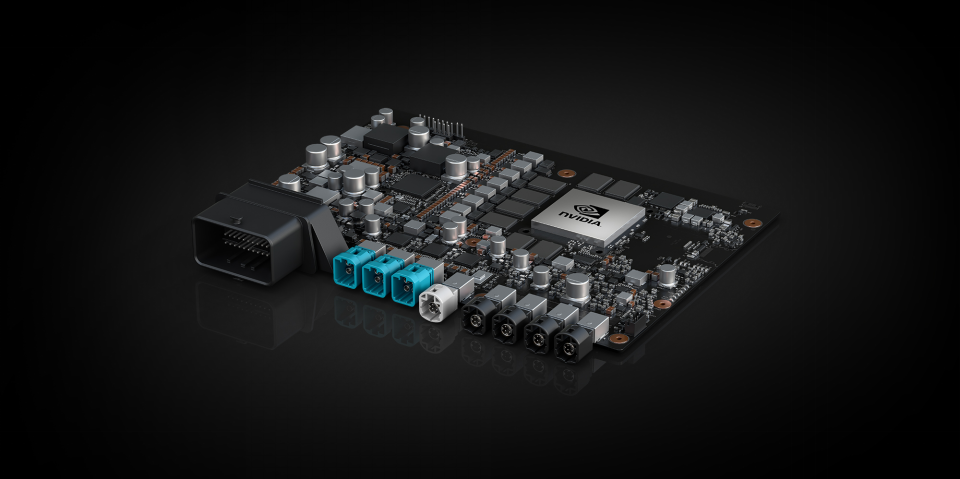
Nvidia designed Xavier as a next-gen single-chip follow-up to Nvidia’s popular Drive PX2 development compute platform for automated driving
Xpeng also announced it will leverage the DRIVE platform for its next production model.
The all new smart sedan Xpeng P7 is the company’s first intelligent EV to be powered by the NVIDIA DRIVE AGX platform, which features the high-performance, energy-efficient Xavier system-on-a-chip (SoC).
It is equipped with 12 ultrasonic sensors, five high-precision millimeter-wave radars, 13 autonomous driving cameras, plus one in-car camera with HD map and high-precision positioning.
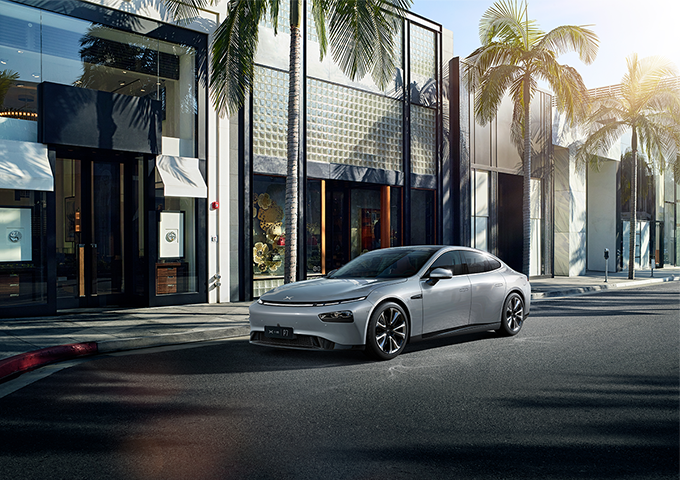
sedan will bring several autonomous driving feature-firsts to Chinese customers, including Level 3-ready full-scenario autonomous driving functions for highways, urban roads and valet parking.
Xavier offers the redundancy and diversity necessary to process data from a variety of sensors, and is the path to production for highly automated and autonomous driving systems.
Dr. Xinzhou Wu, vice president of autonomous driving at Xpeng recently in a statement said “Our successful collaboration with NVIDIA was critical to the development and production of our P7,” he added “Backed by the performance and energy efficiency of Xavier, we’ve been able to accelerate and outpace our peers in the creation of this safe, intelligent, feature-rich sedan–at a price point that makes it an ideal solution in today’s highly competitive EV market.”
“We are very excited to expand our collaboration with NVIDIA for our next-gen EV production model, which will offer more competitive, user-friendly and safer autonomous driving features to a broader customer base,” added Wu.
The P7 leverages NVIDIA from end to end, starting with NVIDIA’s AI infrastructure for development of Xpeng’s own self-driving deep neural networks.
Inside the vehicle, the open NVIDIA DRIVE OS enables Xpeng to run its proprietary autonomous driving software, XPILOT3.0, and deliver continual over-the-air updates critical for future autonomous driving capability advancements.
Xpeng is also using NVIDIA Xavier’s Deep Learning Accelerators for AI inference used in Level 3 operation.
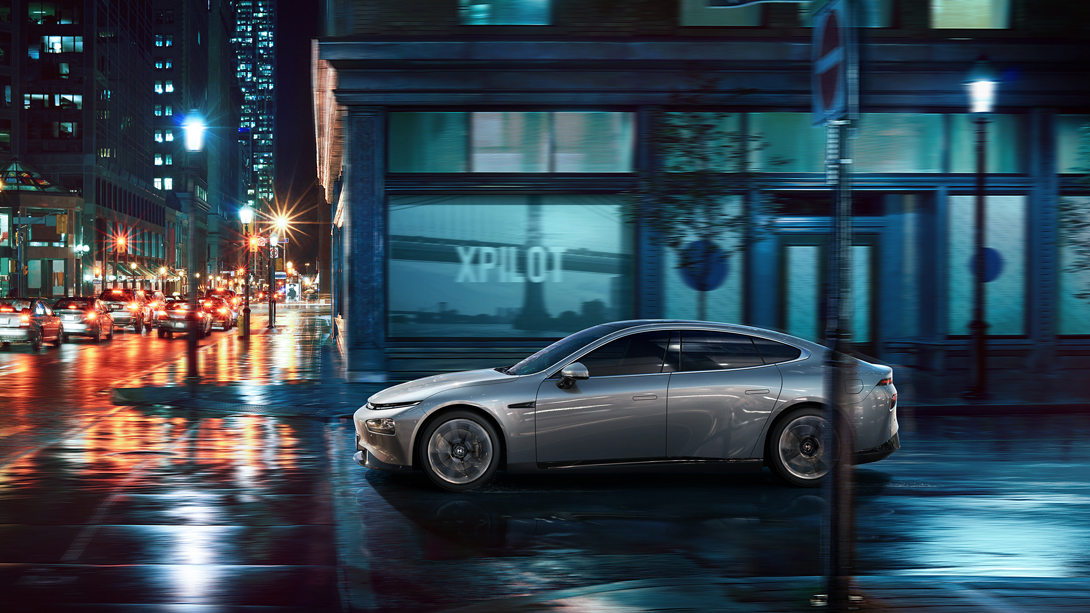
Xpeng P7 is the only model confirmed and the manufacturer calls XPilot 3.0 an L3 advanced driver assist system (ADAS).
Audi had announced plans to add an L3 Traffic Jam Pilot system when it launched the current-generation A8 in late 2017 but the system was never actually launched due to concerns with performance and regulations. Audi recently announced that it would not deploy the system on the current generation A8.
While XPilot 3.0 doesn’t have any lidar, it does have more sensors and greater redundancy than Tesla TSLA’s Autopilot hardware suite.
As compared to ultrasonic sensors which are are low-cost and have limited detection range, radar provides more detailed information about location and speed, which makes it more capable for detecting cut-ins. This functionality is apparently aimed at urban driving to provide automatic braking to avoid collisions.

Key Features
- High-performance 3-in-1 electric drive system – compact, light, efficient, reliable – with world-class motor energy density of 2.0 kW/kg and an efficiency up to 97.5%.
- Longest-driving range EV in China at NEDC 706km.
- World’s first EV with Infineon 950 IGBT module, delivering up to 580A to motor for continuous 40s.
- German luxury sports style auto brand joint-developed chassis, optimized suspension & layout
- Bosch / Brembo braking system, new-gen Bosch iBooster braking recycling, c.100% energy recovery, with 35m 100km/h brake distance.
- Autonomous driving system XPILOT3.0 for China’s challenging roads – 12 ultrasonic sensors, 5 millimeter-wave radars, 14 cameras – industry’s only 360° multi-perception integrated system.
- Qualcomm Snapdragon 820 high-performance auto chip running Xpeng Xmart OS 2.0 – world’s first intelligent full-scenario voice interactive system, integrating App stores and Alipay mini-program dual ecosystem.
- Whole-car OTA upgrade capability for in-car apps as well as ECU-controlled functions, supported by its SEPA (Smart Electric Platform Architecture).
- CATL high-density slim-profile prismatic battery pack, 110mm height, 80.9kWh with energy density reaching 170Wh/kg
- Fast charging: from 30% to 80% charge as fast as 28 mins, 120km range in 10 mins; with China’s first remote-controlled concealed charging plug
- 5-level safety design: Passive, battery, active, air quality and data security measures.

